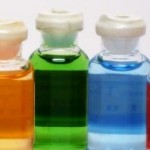 Last month we talked about toxins in cleaning products and how to avoid them. Although having a clean environment is very important for most of us, there is a tendency these days of people worrying also about which chemicals we use when we clean our homes and how dangerous they are for our health.
Last month we talked about toxins in cleaning products and how to avoid them. Although having a clean environment is very important for most of us, there is a tendency these days of people worrying also about which chemicals we use when we clean our homes and how dangerous they are for our health.
In this sense, I think it is important to talk about the perfume we find on our household chemicals.
Before 20th century perfumes were made from natural ingredients (e.g. lemon, lavender,…). As soon as fragrances started to spread and popularised they were started to be made of synthetic ingredients to make them more affordable.
Did you know that 95% of the chemicals used to make only one fragrance are synthetic nowadays? They are usually derived from petroleum, including toxins capable of causing health problems, from allergy reactions to cancer.
Perfume can be found in lots of our regular household products, from cosmetics to cleaning products. And many of the ingredients used to create that perfume are harmful to our health. Here are some of the products that you will need to be concerned about:
– Phthalates: These are used in perfumes and air fresheners; they are endocrine disruptors and can cause hormonal abnormalities, thyroid disorders and reproductive problems.
– VOCs (Volatile Organic Compounds): These again can be found on perfumes, air fresheners, disinfectants and deodorizers. Common names for these are: propane, ethanol, formaldehyde. These are reproductive toxins, neurotoxins, liver toxins and carcinogens.
The symptoms of exposure to this toxins can include: headache, nausea, asthma or allergy attacks, dizziness and many more.
If you would like to avoid products containing these toxins, the best course of action would be to inform your self. Read your cleaning products’ labels and avoid chemicals with fragrances; a clean home doesn’t need to smell of anything in particular.

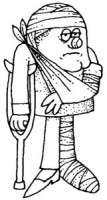
 Those with children will understand the need to keep our homes safe from hazardous chemicals when cleaning. The safety of our babies come as a priority on everything we do. Many cleaning products contain ingredients that, if inhaled or ingested can cause serious problems. Chemicals such as bleach or air fresheners are the most dangerous ones and they have been linked to and increase on childhood asthma.
Those with children will understand the need to keep our homes safe from hazardous chemicals when cleaning. The safety of our babies come as a priority on everything we do. Many cleaning products contain ingredients that, if inhaled or ingested can cause serious problems. Chemicals such as bleach or air fresheners are the most dangerous ones and they have been linked to and increase on childhood asthma.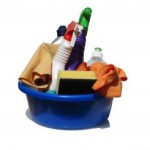 The quality of cleaning, whether done by you or a professional cleaner, depends highly on the products used. It is easy to get confused in the current market as there are so many options to choose from. Bellow you will find a list of basic cleaning products created by Amy Cleaning to help you out.
The quality of cleaning, whether done by you or a professional cleaner, depends highly on the products used. It is easy to get confused in the current market as there are so many options to choose from. Bellow you will find a list of basic cleaning products created by Amy Cleaning to help you out. 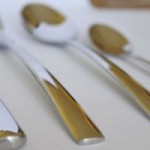 The beauty of silver is also its curse. Although we love silver items for their ability to withstand time, we find ourselves disappointed when after opening that expensive box of silver cutlery we are greeted with stains and discoloring. There is no need to invest in expensive products and silver polishing creams. The contents of your kitchen shelve will do just as well.
The beauty of silver is also its curse. Although we love silver items for their ability to withstand time, we find ourselves disappointed when after opening that expensive box of silver cutlery we are greeted with stains and discoloring. There is no need to invest in expensive products and silver polishing creams. The contents of your kitchen shelve will do just as well.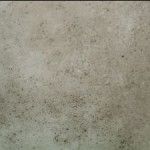 Mould is a common problem in Britain mainly due to weather conditions, the number of rented properties that are not being looked after properly and simply lack of awareness on how to deal with it.
Mould is a common problem in Britain mainly due to weather conditions, the number of rented properties that are not being looked after properly and simply lack of awareness on how to deal with it.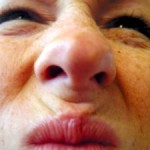 A nice smell is the sign of a clean house. Read on how to determine where the bad odours are coming from, what to use to remove them, and how to prevent them from showing up again.
A nice smell is the sign of a clean house. Read on how to determine where the bad odours are coming from, what to use to remove them, and how to prevent them from showing up again.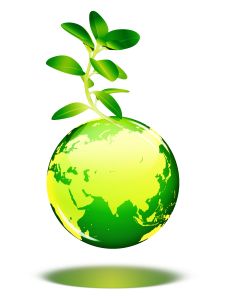 There are various greener and safer alternatives to bleach: vinegar, lemon juice, hydrogen peroxide, oxygen, borax, washing soda, sodium hydrosulfite (salt & water) to name a few.
There are various greener and safer alternatives to bleach: vinegar, lemon juice, hydrogen peroxide, oxygen, borax, washing soda, sodium hydrosulfite (salt & water) to name a few.